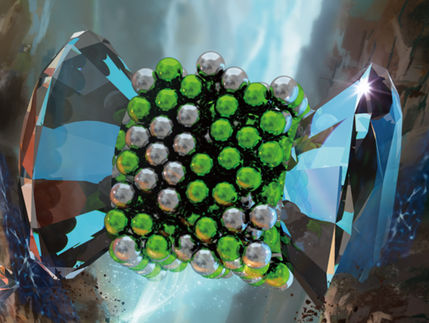2012 Nobel Prize in Chemistry Uses Research Equipment Engineered Locally from BMG LABTECH
Robert J. Lefkowitz from Duke University, along with Brian Kobilka from Stanford University, were just awarded the 2012 Nobel Prize in chemistry for their research and discovery of the receptor protein that binds to adrenaline, that is the beta-adrenergic receptor. A receptor protein crosses a cell membrane and it brings information from outside of the cell to inside of the cell. When adrenaline binds to the beta-adrenergic receptor, this causes the heart to beat faster. This occurs when people get excited or get scared. Most people may recognize a common family of drugs known as beta-blockers that works on this receptor. Beta-blockers are used to help treat cardiovascular diseases such as high blood pressure.
The magnitude of their research became apparent after they cloned or sequenced the beta-adrenergic receptor in the mid-1980s. They showed that it had a similar structure to rhodopsin, a receptor in the eye that was also just cloned and was shown to be activated by light. This new family of receptors is now collectively known as G-protein coupled receptors or GPCRs. And we now know that there are over 1,000 different GPCRs in the human body. Half of all medications work through GPCRs, acting on receptors such as dopamine, serotonin, opioid, and histamine, just to name just a few.
An interesting local connection is that Dr. Lefkowitz’s laboratory at Duke University in Durham, North Carolina, USA uses research equipment that is engineered and produced by BMG LABTECH, GmbH, a German-based company located in Ortenberg. BMG LABTECH’s subsidiary company in the USA is located in North Carolina near Duke University. And Dr. Lefkowitz’s lab has used a BMG LABTECH instrument for many years to study GPCRs.
Dr. Lefkowitz’s lab has published data using BMG LABTECH’s instruments, known as microplate readers, and have used them to study many different areas GPCRs. Amongst these publications are:
- Quantifying ligand bias at seven-transmembrane receptors. Rajagopal S, Ahn S, Rominger DH, Gowen-Macdonald W, Lam CM, Dewire SM, Violin JD, Lefkowitz RJ. Mol Pharmacol. 2011 Sep;80(3):367-77. Epub 2011 May 24.
- Arresting a transient receptor potential (TRP) channel: beta-arrestin 1 mediates ubiquitination and functional down-regulation of TRPV4. Shukla AK, Kim J, Ahn S, Xiao K, Shenoy SK, Liedtke W, Lefkowitz RJ. J Biol Chem. 2010 Sep 24;285(39):30115-25.
- A unique mechanism of beta-blocker action: carvedilol stimulates beta-arrestin signaling. Wisler JW, DeWire SM, Whalen EJ, Violin JD, Drake MT, Ahn S, Shenoy SK, Lefkowitz RJ. Proc Natl Acad Sci U S A. 2007 Oct 16;104(42):16657-62.
Thank you and congratulations to Drs. Lefkowitz and Kobilka for their ground breaking research into GPCRs.
Organizations
Other news from the department science

Get the chemical industry in your inbox
By submitting this form you agree that LUMITOS AG will send you the newsletter(s) selected above by email. Your data will not be passed on to third parties. Your data will be stored and processed in accordance with our data protection regulations. LUMITOS may contact you by email for the purpose of advertising or market and opinion surveys. You can revoke your consent at any time without giving reasons to LUMITOS AG, Ernst-Augustin-Str. 2, 12489 Berlin, Germany or by e-mail at revoke@lumitos.com with effect for the future. In addition, each email contains a link to unsubscribe from the corresponding newsletter.




























































